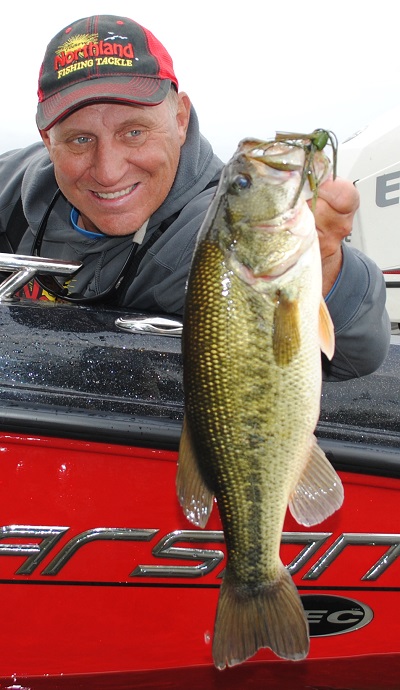 I went fishing last week and the action was okay. I’m going fishing again this week and I expect the action to be better. As the water cools and the days get shorter, fishing for a wide variety of fish is going to keep getting better. We fish differently in the fall than we do during the summer. Following are some of the things we do differently now and for the next few weeks.
I went fishing last week and the action was okay. I’m going fishing again this week and I expect the action to be better. As the water cools and the days get shorter, fishing for a wide variety of fish is going to keep getting better. We fish differently in the fall than we do during the summer. Following are some of the things we do differently now and for the next few weeks.
 In the summer, early in the day and late in the day are when the best bites often occur. In the autumn, you don’t need to get on the water as early. While I like to spend as much time as possible out there, there really is no hurry to start fishing unless inclement weather is on the way. Some of the best action will occur from mid-morning until mid to late-afternoon. Spend as much time on the water as you can, but if you are limited, mid-day is a good time to be out there.
In the summer, early in the day and late in the day are when the best bites often occur. In the autumn, you don’t need to get on the water as early. While I like to spend as much time as possible out there, there really is no hurry to start fishing unless inclement weather is on the way. Some of the best action will occur from mid-morning until mid to late-afternoon. Spend as much time on the water as you can, but if you are limited, mid-day is a good time to be out there.
For walleyes, the night-bite can be very good on many lakes. Some deep, clear lakes have a baitfish spawn going on now, and the walleyes like to get in on that.
On other shallower, warmer lakes there is a frog migration from nearby wetlands back into the lakes: The walleyes like to get in on that also. If you live near a lake that has a wetland across the road, try fishing at night in the shallows of the lake near the wetland. I’ve done this a number of times with very good success.
If you can plan your trip to coincide with the full moon, do so. There are a variety of reasons why some anglers think the best bite occurs during the full. No one really knows for sure why this is, but it seems like it holds true in many areas: The fish bite better during periods of a full autumn moon.
If you’re after numbers of bass or pike or muskies or walleyes, use a larger than ordinary bait. If you’re after true trophies, go with a much larger than ordinary bait. Whether you’re using live bait, plastic baits, or hard baits, the bigger baits will catch the bigger fish.
There are a good number of situations when the predator fish will be found shallow, but for the most part they’ll be deep. Wind or baitfish will encourage them to move into the shallows to feed, but day-in and day-out, they’ll be on deep water structure. That deep water structure might be a sunken island or the end of a shore-related point or even the deepest green weeds, it might even be the basin of the lake. Deep water is where the predators will spend much of their time in the fall.
When the fish are deep, it will be a huge advantage to pay very close attention to your sonar. I run an a Series 9” Raymarine sonar unit that enables me to run a split-screen. One side of the screen shows what’s going on directly below the boat, and it truly does reveal everything from the tiniest of baitfish to the type of bottom content to larger fish. I keep a close eye on what’s going on below the boat. When I see fish, I hover directly overhead and try to make them bite.
The other side of the screen is the mapping side: It shows where I am in relation to drop-offs and flats and other changes in the bottom of the lake. This allows me to stay in the best fishing areas.
The leaves are turning, the fishing pressure is light, and the fish want to get caught. If you keep the above ideas in mind, your chances for a big fish or lots of fish will be greatly increased.
PHOTO CAPTION: Mike Frisch catches big bass like this one all fall.
To see all the newest episodes of Fishing the Midwest television, new fishing related tips, and fishing articles from the past, visit fishingthemidwest.com If you do Facebook, check us out for a variety of fishing related things.
by Bob Jensen
